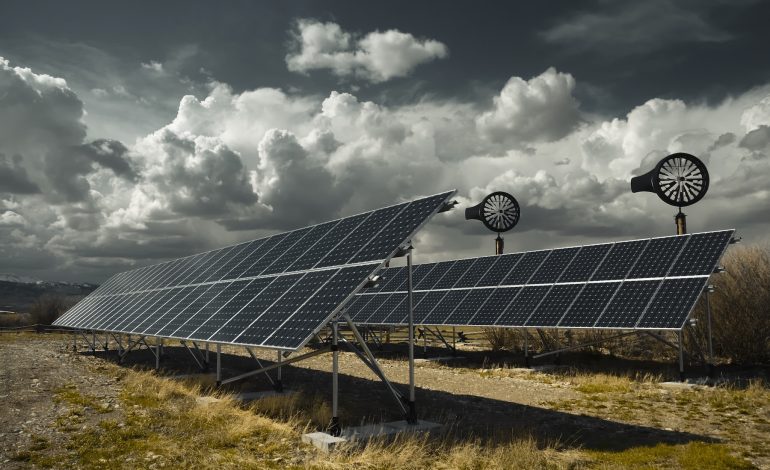Global investment in energy is hitting record highs in 2025 despite economic and geopolitical uncertainty, according to a new report from the International Energy Agency (IEA), Axios reports.
The report highlights a clear shift in capital flows: investment in clean energy technologies is now double the amount going into fossil fuels.
The IEA’s annual energy investment report reveals that global spending on clean energy — including renewables, electricity grids, energy storage, nuclear power, and related technologies — is expected to reach $2.2 trillion this year. In comparison, investment in fossil fuels like oil, gas, and coal is projected at $1.1 trillion.
Electricity-related investment alone is set to hit $1.5 trillion, representing a 50% increase over the total funds being spent to bring oil, gas, and coal to market. This shift reflects growing momentum behind electrification and low-carbon technologies, even as global fossil fuel consumption remains high.
While clean energy investment is growing rapidly, fossil fuel demand has not yet peaked. Investment in coal supply, for example, is expected to rise by 4% this year, driven largely by China and India. Spending on liquefied natural gas (LNG) facilities is also increasing, and new approvals for gas-fired power plants are gaining pace.
The oil sector, however, presents a slightly different picture. With oil prices stabilizing and demand growth projections moderating, upstream oil and gas investment is expected to fall by 6% this year — the first year-over-year drop since the COVID-19 downturn, and the sharpest since 2016. The decline is mostly driven by independent producers reducing spending.
China remains a central force in both clean and fossil fuel energy investments. Over the past decade, the country’s share of global clean energy investment has climbed from one-quarter to one-third. Yet, China also approved nearly 100 gigawatts of new coal-fired power plants in 2024, highlighting the complex dynamics in its energy transition.
Data centers are emerging as a key driver of both clean and fossil energy development. The IEA estimates $18 billion will be invested in gas-fired power generation specifically to meet growing data center electricity needs by 2030.
Despite the overall growth in clean energy spending, green finance is experiencing mixed signals. Venture capital activity in the energy sector, which saw significant expansion over the past decade, is now in decline, with another dip forecast for 2025. Additionally, banks and financial institutions are pulling back from earlier efforts to “green” their lending portfolios, citing shifting regulatory environments and policy uncertainty.
Still, the report finds that spending on existing clean energy projects remains largely unaffected, even as some investors adopt a cautious approach to new approvals in light of uncertain global trade and economic trends.
While the world is seeing encouraging momentum in clean energy investment, the IEA warns that current trends are still not enough to meet the goals outlined in the Paris Agreement. Total global energy demand — especially for fossil fuels — continues to rise, underscoring the challenge of transitioning to a low-carbon future.









